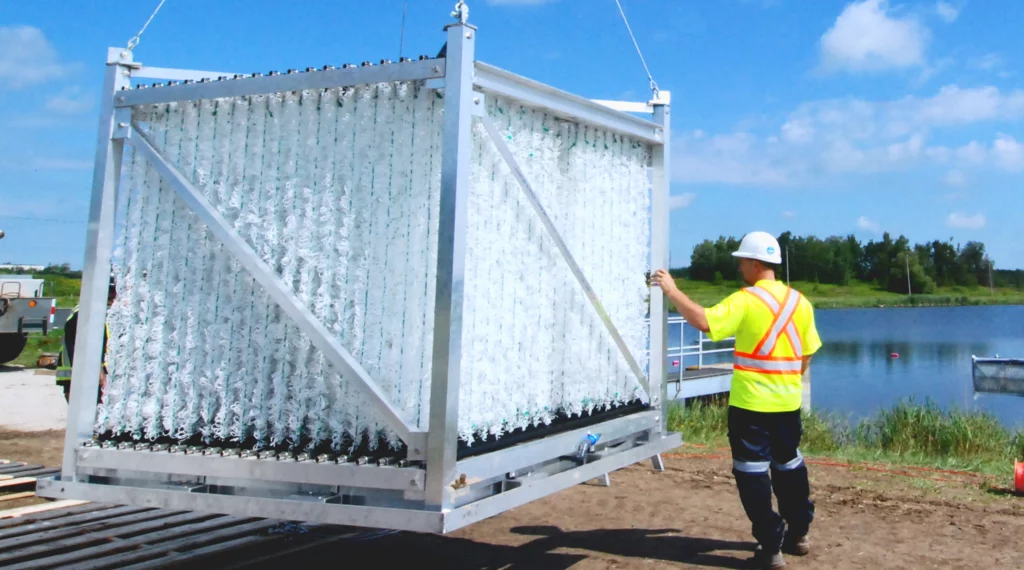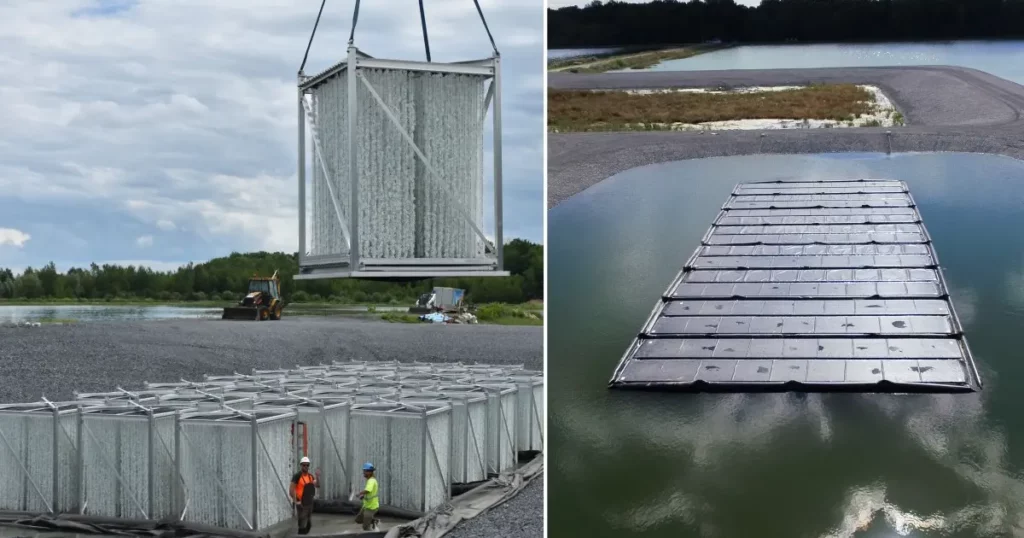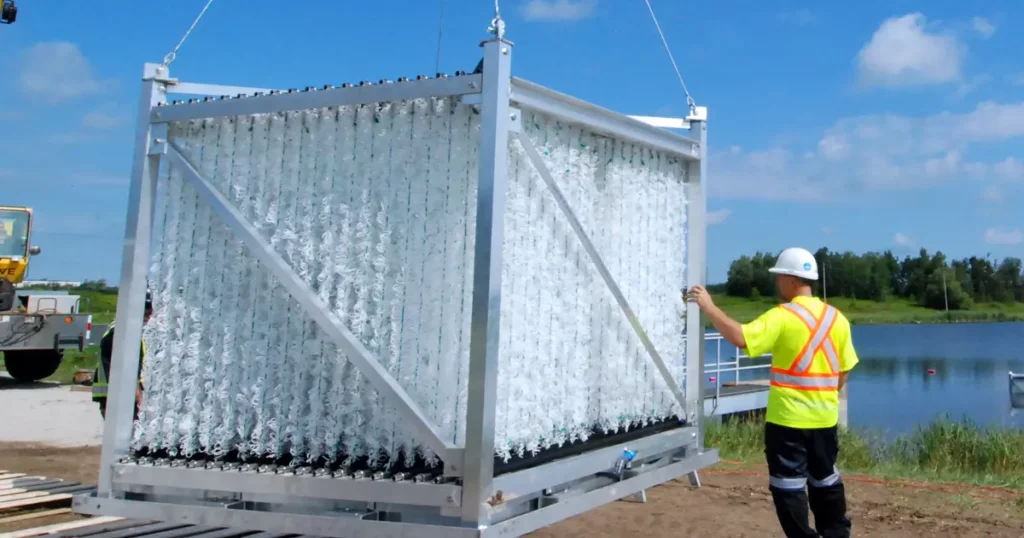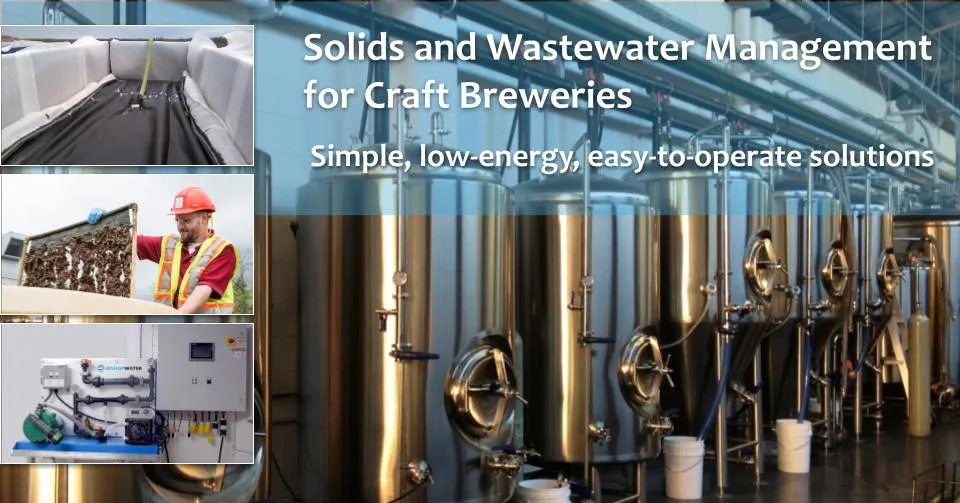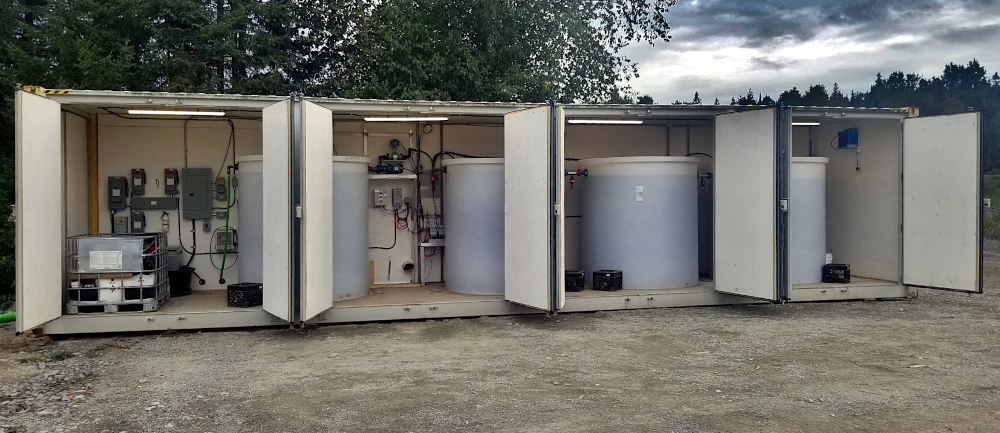ARTICLE
BioCord’s phased installation balances wastewater treatment with community growth and budgets
For many small municipalities improving the capacity and performance of a lagoon wastewater treatment system often means costly construction for another lagoon cell or a mechanical plant. Such projects can cost millions for construction and increase operating costs too, placing a long-term financial burden on communities.
A better option is to install a simple, low-energy system that provides process intensification within the existing lagoon footprint and avoids months of costly construction.
BioCord Reactors are like condominiums for bacteria that are installed directly into a wastewater lagoon, avoiding the need for additional buildings, tanks, pipes, pumps, etc. This semi-passive, attached-growth process provides a massive surface area on which a robust, cold-tolerant biofilm can form and dramatically increases the population of bacteria available for removing ammonia and organics.
How a BioCord system aligns with growing demand
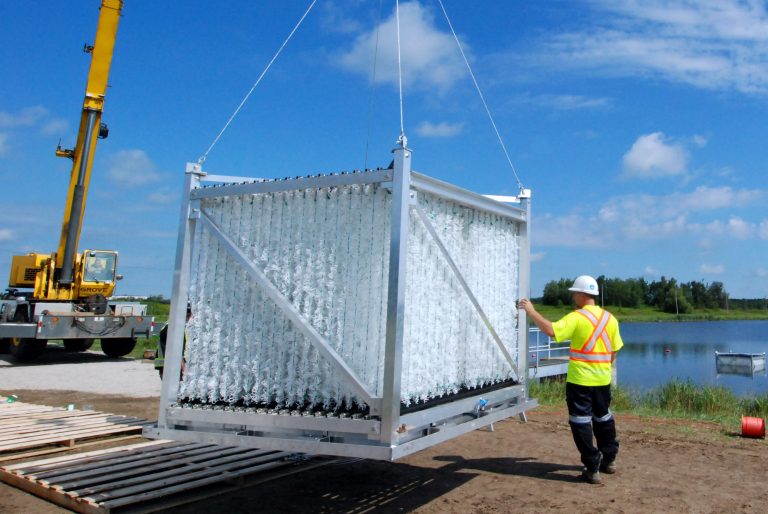
Just like condominiums, BioCord can be installed in phases to align with actual treatment needs, near-term community growth and fiscal capacity. By comparison, mechanical treatment systems are often sized according to the predicted population 20 years in the future. This approach means the current community carries a disproportionate amount of the cost as they wait for the population to catch up.
BioCord Reactors enable upgrades to occur based on a shorter interval and at greatly reduced capital costs. Rather than looking 20 years ahead, engineers can install sufficient BioCord to meet treatment needs for a 5- to 10-year interval instead.
The reactors, which are manufactured in Canada by Bishop Water, arrive at the site fully assembled and ready to install. Depending on the size of the system, BioCord installation can be completed in just a few days or weeks, instead of months or years that a large capital project would require.
Full-scale success: Limoges Sewage Treatment Lagoon
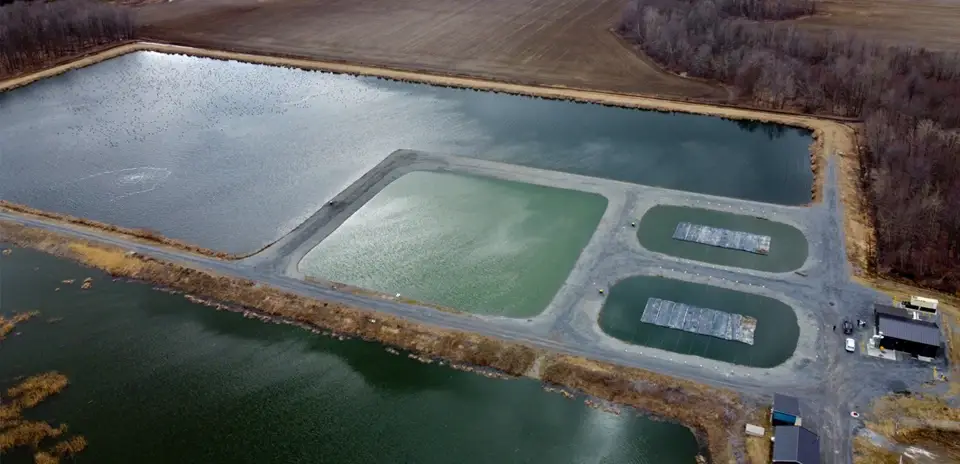
The village of Limoges, Ontario, faced a significant challenge when its wastewater lagoons needed an upgrade to handle projected population growth. A mechanical treatment plant was recommended as a solution, but the estimated cost exceeded $17 million, making it financially unfeasible for the community. Instead, Limoges implemented Bishop Water’s BioCord Reactors which enabled the system design capacity to increase from 1,500 m3/day (intermittent discharge) to 3,500 m3/day (continuous discharge). The upgrades, completed by others, also included new equipment for screening, grit removal, filtration and disinfection.
Once commissioned, the upgraded lagoon system achieved substantial reductions in effluent ammonia and BOD concentrations, ensuring compliance with regulatory limits. Even during cold-weather conditions, BioCord maintains consistent performance, addressing one of the major operational challenges faced by lagoon-based wastewater treatment.
Read the full case study about Limoges Sewage Treatment Lagoon.
Learn more about the advantages of BioCord Reactors for phased lagoon upgrades.

